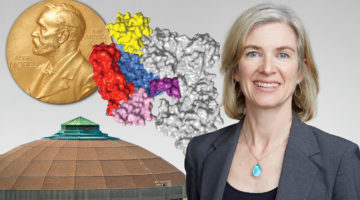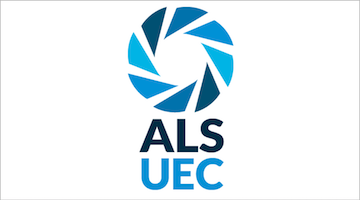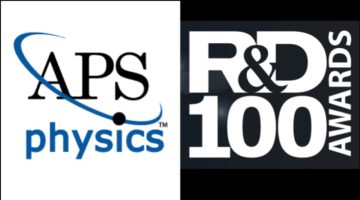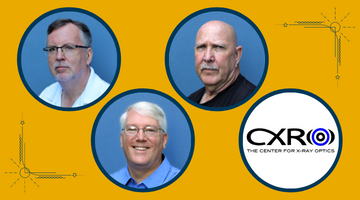Though iron has been demonstrated as an effective means to remediate arsenic contamination in groundwater, the mechanism was not well understood until now. For the first time, researchers have untangled the detailed steps of the interaction, informing more robust strategies for cleanup. Read more »
All News & Updates
Update on Long-Term Operating Schedule
The operating schedule for the 2022-1 cycle has been published. The next long shutdown is expected to begin in January 2022 and last until mid-March. In the second cycle of 2022, we expect to have a total of eight weeks of shutdown time. The most up-to-date information on the current schedule and future outlook can always be found on the Operating Schedule web page. Read more »
Strategies for Reducing Platinum Waste in Fuel Cells
Industry and university researchers used the ALS to explore why the platinum used as a catalyst in hydrogen fuel cells degrades unevenly. The resulting knowledge has enabled the development of simple, effective strategies to reduce the waste of precious catalyst material, lowering the costs associated with a promising green technology. Read more »![]()
![]()
Kenneth Goldberg Named 2022 Optica Fellow
Kenneth Goldberg, a staff scientist at the ALS and with the ALS-U Project, has been elected a 2022 Fellow of Optica (formerly OSA). His recognition is “for seminal contributions to the development of x-ray optics for applications requiring coherent light.” Read more »
2021 Highly Cited Researchers
Clarivate recognizes the true pioneers in their fields over the last decade, demonstrated by the production of multiple highly-cited papers that rank in the top 1% by citations for field and year in the Web of Science™. Congratulations to Jinghua Guo, Zahid Hussain, Sung-Kwan Mo, and Wanli Yang! Read more »
Six SCGSR Awardees to Conduct Research at the ALS
The Office of Science Graduate Student Research (SCGSR) program will provide Quinn Carvalho (Oregon State), Collin Foster (UIUC), Suzanne Mulligan (UNLV), Nicholas Russo (Boston Univ.), Buck Scougale (Univ. Wyoming), and Lauren Vallez (Stanford) with supplemental awards to conduct research at the ALS in areas that address scientific challenges central to the Office of Science mission. Read more »
Jennifer Doudna Colloquium Oct. 28 at 3:00 p.m. PT
The Fall ALS Colloquium continues today at 3:00 pm Pacific. Jennifer Doudna (Innovative Genomics Institute @ UC Berkeley, UCSF, HHMI) will present CRISPR: The Science and Opportunity of Genome Editing.
Zoom link: https://lbnl.zoom.us/j/96095492358 Read more »
Nominations Due October 28 for New UEC Members
The Advanced Light Source Users’ Executive Committee (UEC) invites nominations for new UEC members. Self-nominations are welcome. Following an election, five new UEC members will be selected for the 2022–2024 term. Read more »
APS and R&D 100 Awards Recognize Wanli Yang
Congratulations to ALS senior scientist Wanli Yang, who was recently elected a fellow of the American Physical Society and was part of a Berkeley Lab team led by Wei Tong that received a 2021 R&D 100 Award for a novel cathode material for next-generation lithium-ion batteries. Read more »
2021 Berkeley Lab Director’s Award Laureates
Congratulations to Photon Science Development Lead Howard Padmore, Mechanical Technician Monroe Thomas, Photon Science Operations Group Lead Mike Martin, and the Center for X-Ray Optics, who will be honored with Berkeley Lab Director’s Awards. Tune in to the award ceremony on November 18 at 12:00 p.m. PT. Read more »
- « Previous Page
- 1
- …
- 44
- 45
- 46
- 47
- 48
- …
- 139
- Next Page »









